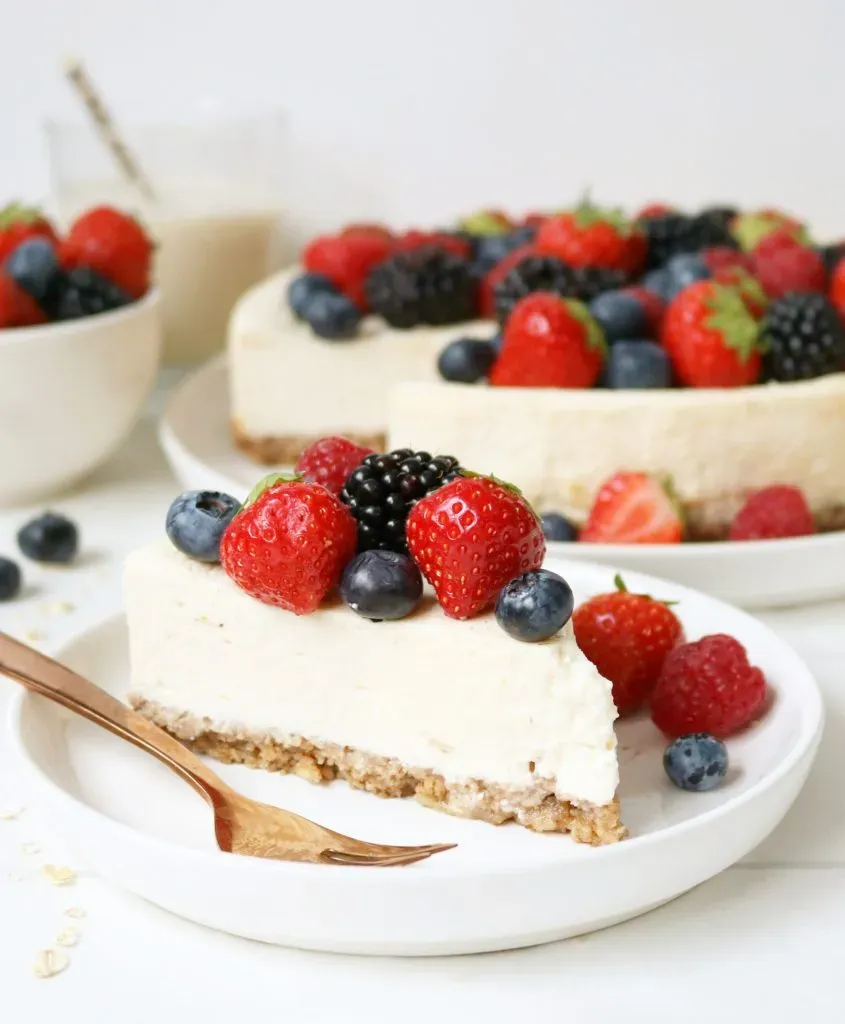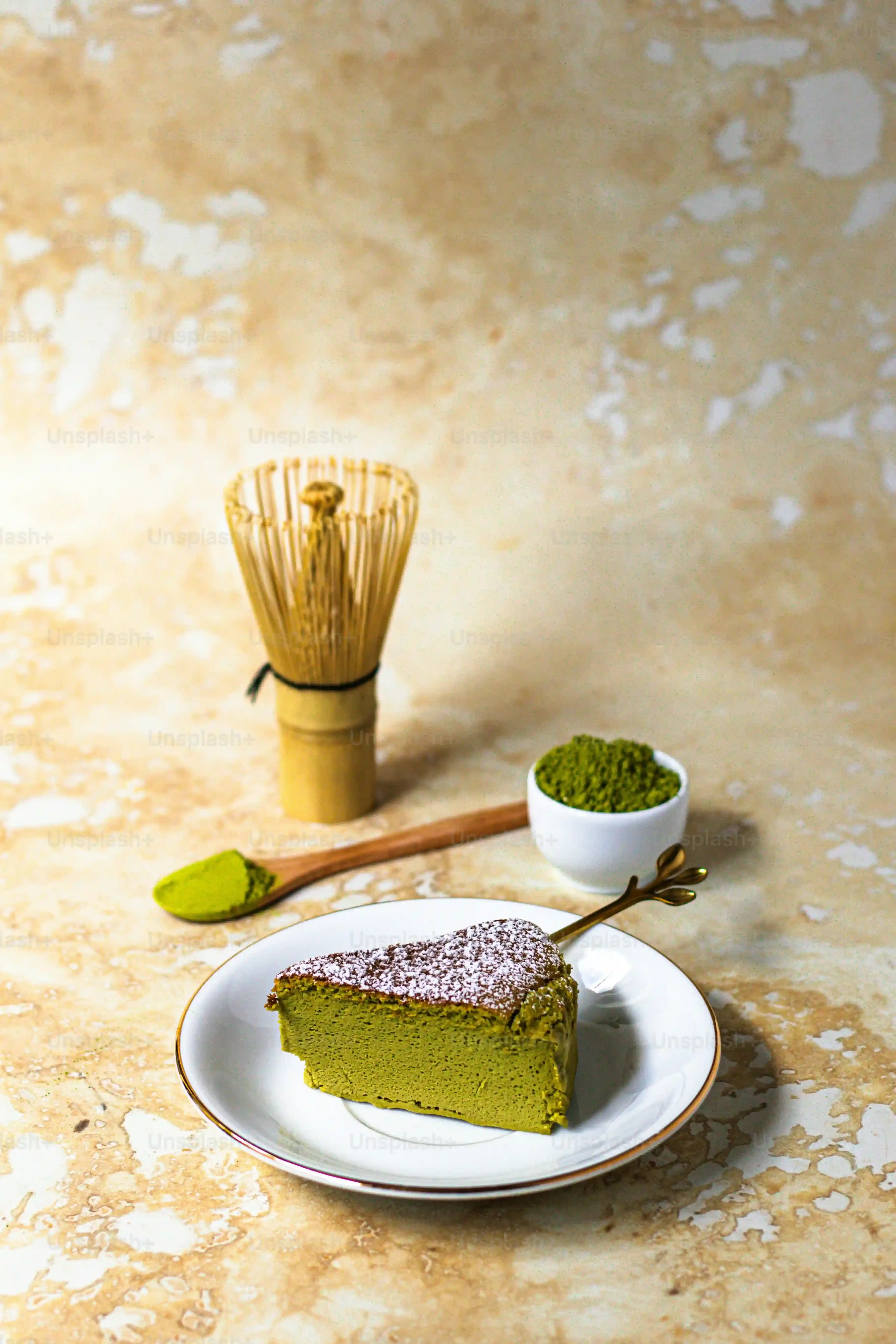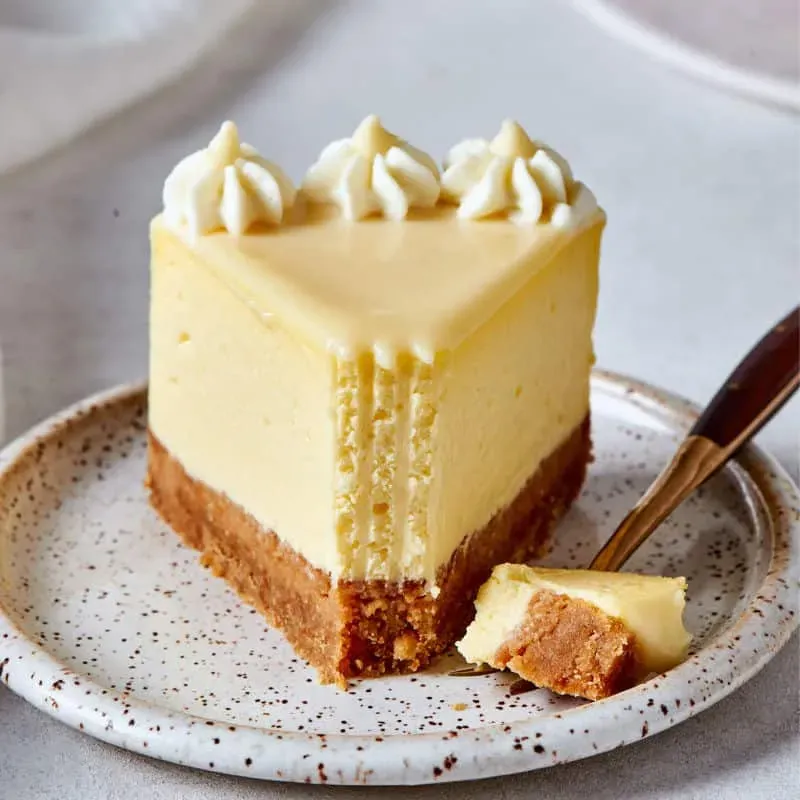Table of Contents
Let's be honest. When you picture a classic cheesecake, "healthy" isn't the first word that pops into your head. You probably see dense cream cheese, buttery crusts, and enough sugar to send your dentist into early retirement. It's the dessert we love to hate... or maybe just love and feel guilty about later. But what if there was another way? What if you could actually enjoy a slice of something smooth, creamy, and utterly satisfying without the usual sugar coma and calorie overload? That's where the idea of a *cheese cake healthy* comes into play.
Decoding the Healthy Cheesecake Dream
Decoding the Healthy Cheesecake Dream
Why "Healthy Cheesecake" Sounds Like a Joke
Let's cut to the chase. The phrase "cheese cake healthy" often lands with a thud, right? It feels like a culinary oxymoron. We've all seen the classic recipes – pounds of cream cheese, cups of sugar, butter-soaked crusts. Trying to spin that as "healthy" feels like calling a marathon a leisurely stroll. It's the dessert you order when you've decided calories don't count for the next 24 hours. So, how do you take something so inherently rich and indulgent and make it, well, less likely to require a nap immediately after eating?
The skepticism is warranted. Many attempts at a "healthy" version end up tasting like sad, dry hockey pucks or weirdly tangy yogurt bricks. The goal isn't to create something that barely resembles cheesecake but to find clever ways to keep the creamy texture and rich flavor while significantly reducing the stuff we're trying to avoid – excess sugar, saturated fat, and simple carbs.
The Core Principle: Smart Swaps, Not Sacrifices
Making a *cheese cake healthy* isn't about waving a magic wand. It's about strategic ingredient swaps. Think of it like renovating a classic car – you keep the iconic chassis but replace the gas-guzzling engine with something more efficient. The heavy hitters in traditional cheesecake are cream cheese, sugar, and the crust. To lighten the load, you need alternatives that mimic the texture and sweetness without the caloric baggage.
This usually involves leaning on ingredients that bring creaminess and structure with less fat and more protein. It also means getting creative with sweeteners that don't spike blood sugar like refined white sugar. The crust often sees a transformation too, moving away from pure butter and flour towards things like nuts, oats, or even skipping it entirely.
- Swap full-fat cream cheese for light or non-fat versions.
- Introduce Greek yogurt for added protein and tang.
- Replace sugar with granulated sugar substitutes or natural options like erythritol.
- Use whole wheat flour, oats, or nuts for the crust instead of white flour and butter.
- Consider crustless options to save significant calories.
Setting Realistic Expectations for a Healthy Cheesecake
let's manage expectations. Is a healthy cheesecake going to taste EXACTLY like the legendary, full-fat, sugar-loaded slice from your favorite bakery? Probably not 100%. There's a certain decadent heft that comes with sheer caloric density. But can it be incredibly delicious, satisfying, and scratch that cheesecake itch without derailing your dietary goals? Absolutely.
The texture might be slightly lighter, the sweetness profile a little different depending on your chosen sweetener. The key is to appreciate what you *gain* – more protein, less sugar crash, fewer calories – while still enjoying a genuinely good dessert. It's a different kind of indulgence, one that leaves you feeling less like you need to be airlifted out of your chair. Think of it as cheesecake's fitter, slightly more responsible cousin.
Traditional Cheesecake | Healthy Cheesecake |
|---|---|
High in Saturated Fat | Lower in Saturated Fat |
High in Refined Sugar | Lower in Added Sugar (uses substitutes) |
High Calorie Density | Lower Calorie Density |
Often Uses White Flour Crust | Often Uses Whole Grains/Nuts/Crustless |
Ingredients That Make Cheesecake Healthy
Ingredients That Make Cheesecake Healthy
Swapping the Creamy Base for Lighter Options
so the heart of any cheesecake is that rich, tangy cream cheese filling. Traditional recipes call for blocks of the full-fat stuff, which delivers on flavor and texture but also on saturated fat and calories. To make a *cheese cake healthy*, you need to get creative with the base. The go-to swap is often a combination of light or non-fat cream cheese and Greek yogurt. Non-fat cream cheese still provides that essential tang and some structure, while Greek yogurt is a protein powerhouse that adds incredible creaminess without the fat. It brings a slight tanginess, which works beautifully with the cheesecake profile.
Using Greek yogurt also means you're boosting the protein content significantly. This helps make the dessert more satisfying, so you're less likely to devour the entire thing in one sitting (though no promises). Some recipes even lean heavily on cottage cheese blended smooth, which sounds questionable but can work surprisingly well for texture, again adding protein to the mix. The goal here is to mimic the luxurious mouthfeel of classic cheesecake using ingredients that offer more nutritional bang for your buck.
Sweeteners and Crusts: Reimagining the Rest
Next up is the sugar situation. Classic cheesecakes are sugar bombs, often calling for cups of granulated white sugar. This delivers sweetness but also empty calories and a potential blood sugar spike. For a *cheese cake healthy*, sugar substitutes are your friends. Granulated erythritol, xylitol (be careful with pets, it's toxic!), or blends often work well, providing sweetness without the caloric load. You might also see recipes using smaller amounts of natural sweeteners like maple syrup or honey, though these still contribute calories and sugars.
And then there's the crust. The classic graham cracker crust bound with melted butter is delicious, yes, but also calorie-dense. Healthy versions often swap graham crackers for crushed nuts (almonds, walnuts), oats, or a mix of whole wheat flour and a minimal amount of coconut oil or a liquid sweetener. Some people just skip the crust entirely, turning it into a baked custard-style dessert. The crust is where you can save a significant number of calories and add some fiber or healthy fats depending on your choice.
Here are some common swaps you'll encounter:
- Full-fat Cream Cheese -> Light/Non-fat Cream Cheese, Greek Yogurt, Blended Cottage Cheese
- Granulated White Sugar -> Erythritol, Xylitol, Stevia blends, small amounts of Maple Syrup/Honey
- Graham Cracker/Butter Crust -> Crushed Nuts, Oats, Whole Wheat Flour + minimal fat, Crustless
- Sour Cream/Heavy Cream (sometimes used) -> More Greek Yogurt, Light Coconut Milk
Baking Your Healthy Cheesecake to Perfection
Baking Your Healthy Cheesecake to Perfection
so you've mixed up your lighter, brighter batter for your *cheese cake healthy*. Now comes the baking part, and this is where things can go sideways if you're not paying attention. Because you're using less fat and sugar, this batter behaves a little differently than its full-fat cousin. It can be more prone to drying out or cracking. The key is low and slow. A lower oven temperature, often around 300-325°F (150-160°C), is your best friend. This gentle heat helps the cheesecake set evenly without getting that dreaded crater in the middle. You're looking for the edges to be set but the very center still a little jiggly. Don't overbake it! It will continue to set as it cools.
- Keep the oven temperature low (300-325°F / 150-160°C).
- Bake until edges are set, center is slightly wobbly.
- Turn off the oven and crack the door; let it cool inside.
- Avoid opening the oven door frequently during baking.
- A water bath isn't strictly necessary with these lighter versions, but it can help.
Storing and Serving Your Healthy Cheesecake Creation
Storing and Serving Your Healthy Cheesecake Creation
Keeping Your Creation Fresh
you've successfully baked your *cheese cake healthy*. The hardest part is over, right? Almost. Letting it cool properly is crucial. Don't yank it out of the oven the second the timer goes off. Turn the oven off, crack the door, and let it hang out in there for a while. This slow cool-down prevents drastic temperature changes that can cause cracks. Once it's cool enough to handle, get it into the fridge. Cheesecake, healthy or not, needs significant chill time to firm up. We're talking at least 4-6 hours, preferably overnight. Trying to slice it too early is like trying to run a marathon without training – messy and disappointing.
Proper storage is key to enjoying your hard work. Wrap it tightly in plastic wrap, then foil, or pop it into an airtight container. It'll last in the refrigerator for up to a week, maybe a little longer depending on the exact ingredients. If you've made a big batch or know you won't finish it quickly, healthy cheesecake freezes remarkably well. Slice it first, then wrap individual slices before freezing. Thaw slices in the fridge overnight. This way, you have a quick, portion-controlled treat ready whenever the craving hits, without the pressure to eat the whole thing.
- Cool cheesecake gradually in the oven after baking.
- Refrigerate for at least 4-6 hours, ideally overnight, before slicing.
- Store in an airtight container or wrap tightly in plastic and foil.
- Keeps in the fridge for up to 7 days.
- Freeze individual slices wrapped well for up to 3-4 months.
- Thaw frozen slices in the refrigerator.
The Final Slice on Healthy Cheesecake
So, there you have it. Making a *cheese cake healthy* isn't some mythical quest reserved for culinary wizards. It requires a bit of intention, swapping out some usual suspects for ingredients that pull their weight without weighing you down. Will it taste *exactly* like the cheesecake from that fancy bakery downtown? Probably not. But it gets remarkably close, offering that creamy texture and satisfying sweetness with a fraction of the guilt. It’s a pragmatic approach to enjoying dessert, proving you don't always have to choose between your taste buds and your waistband. Give it a shot; you might just surprise yourself.
